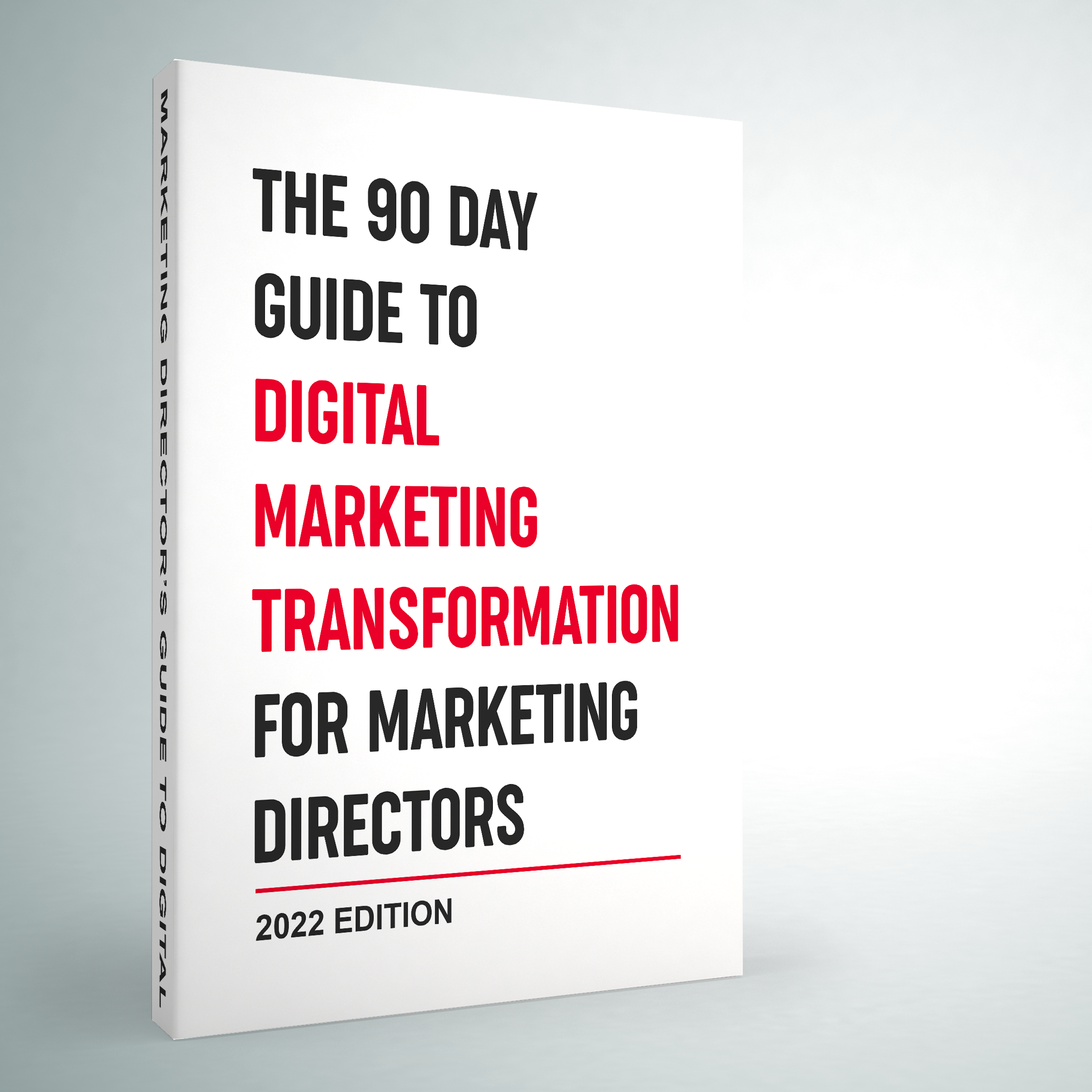It’s no secret that social media is a powerful marketing tool. But all too often, brands make the mistake of thinking that their only goal should be to sell products and services… To “Promote”. In reality, social media can (and really should) be used to build a sense of community through strengthening relationships with customers, creating brand awareness, and providing customer service. If you want your social media marketing program to be successful, you need to ensure you’re not falling into these common traps that many brands fail to see.
Not knowing who, or where your target audience is.
Far too often we see brands that want ‘as many people to become their followers!’. It’s great to have a large audience, but an accurate and the right engaged audience in the right place is far more valuable than thousands of nameless followers.
It’s essential for brands to know who their target audience is. By understanding who their target customers are, brands can create content that is more relevant and engaging for them (as mentioned earlier). Targeting the right audience results in savings to cost and resources by not wasting time building community and relationships with marketing to people who have zero interest in your brand, service or product.
We recommend creating something called a Buyer Persona – fictional representations of your ideal customer and what it’s like when they use your product or service.
People don’t buy products or services, they buy a transformation from one “non-desired” before state to a more desirableafter state. So when developing your personas, spend time on defining the after state that your producet/service provides.

Once you have created buyer personas, you can start to research where your target customers hang out online.
Are they on Facebook? Twitter? Instagram? TikTok?
By understanding where they are, you can tailor your social media content to be more relevant and engaging.. Use this information to determine which social media platforms are best for promoting your product or service
Not enough quality content.
Quality content is essential for any social media marketing program. However, many brands fail to produce enough high-quality content (opting for quantity instead), which can lead to less engagement from customers and make it very difficult to achieve your overall goals for the medium.
Ok, but how is “Quality Content” defined and generated?
To produce quality content, you need to ensure that you first understand who your target customers are and what they really care about (as mentioned above in the first section). Put another way, what is the transformation they are trying to realise by buying your products or services?
This is the first step in creating interesting and relevant topics that your audience will want to read.
The second step is to match these insights with a relevant combination of themes and topics which serve as your content framework.
The final step is to develop/create assets and messaging that align to these themes and finally deliver them into your channels in a well-written, error-free and easy to consume manner.
Too much self promotion on the feed.
Another mistake that brands often make is over-promoting themselves on social media. This can be irritating to customers and can lead to them disengaging with you. It makes you seem less credible and can severely damage your brand’s reputation over time as you contribute to a “Sea of Sameness” and white noise
A content calendar can help you avoid this by ensuring you’re not duplicating your promotional messaging too often. It’s always helpful to ensure your social media posts are about your customers and their interests. There’s no shame in promoting your brand at the right time and with the right frequency – just try to limit the amount of self-promotion. People visit your brand’s page because they’re looking for something interesting and of value – don’t disappoint!
Not tracking social media analytics and growth.
Tracking your social media analytics is essential for any successful marketing program Track track track.
By tracking your community growth and engagement rates, you can see what content is resonating with your audience and adjust your strategy accordingly.
How do you start tracking social media performance you might ask? Obviously, you’ll first need to use tools that monitor all of your major social media channels. There are a number of different tools available, so you should select one that meets your needs.
Here are a few we recommend:
1. eClincher – allows you to manage your social media accounts all in one place
2. Hootsuite – all-in-one scheduler and manager with a powerful focus on analytics
3. Sproutsocial – provide quantitative and contextual data for all your social profiles across Facebook, Twitter, Instagram, LinkedIn and Google
4. Agorapulse – full-featured social media management platform. Some of its features include a variety of ways to publish content, scheduling posts and reporting about social account usage.
5. Zoho Social – From a single dashboard, Zoho Social can help you post, schedule, monitor, and measure your social media content across: Twitter.
But picking a measurement tool isn’t enough. Once you have selected a tool, make sure to set up tracking parameters so that you can track all of the important data points. Review your analytics regularly to make sure that you are making the most of your social media marketing efforts.
Did you know: If you don’t use UTM tracking parameters on your social accounts, there’s a high probability that your social traffic is not being categorised properly on Google Analytics. This means that your social accounts could be driving lots of traffic to your website but you may not see it. Analytics are the single point of truth for online data so make sure to leverage a simple UTM strategy to track your results.
Not responding (quickly and meaningfully enough) to your audience.
Not having a social media marketing strategy.
Nearly 40% of small businesses have no social media marketing strategy
It’s difficult to know what to do, and how to use social media well in the grand marketing scheme of generating traffic, leads, or growing your brand’s influence.
So how do you really start social media marketing for your business?
1. Define your goals; gather the key points which will help you understand the SMM game easily. What type of social platform would you like to choose for your brand? What type of people are you targeting or which online platform is mostly used by your potential customers?
2. Know your target audience: Utilizing the right social media channel requires knowledge about your target audience. Create a buyer persona like the example above! If you’re brave, share it with us on social media, we’d love to read it.
3. Choose the social media platforms that are best for you and pick the right tools to match
4. Create engaging content
5. Listen closely to your audience
6. Adjust your strategy accordingly
Or reach out to our team at Hook + Ladder who can help you build out a robust social media strategy that generates results.

Aaron Kerr
Funnel Strategist at Hook + Ladder Digital

